White wild plants or wild semi-ornamental plants, or we often hear of one of the wild plants belonging to the genus Asystasia, often escape the view of the human eye, but if we pay close attention and detail or even on a macro basis, it will be seen as one of the most striking phenomena, charming, in a beauty accompanied by a visually sweet thing.

Especially when you see it in the morning, before the sun is in the middle of the sky, plus after being splashed by rain, beautiful phenomena will continue to radiate from it in an amazing petals.
For some reason, today my visuals often pay attention to him, even though every day I always meet him in an abandoned land, so that it makes me interested in continuing to pay attention to something different. Even though it is very small in size and shrouded in other wild weeds, the radiance of beauty can still be seen even though it is walled with something.
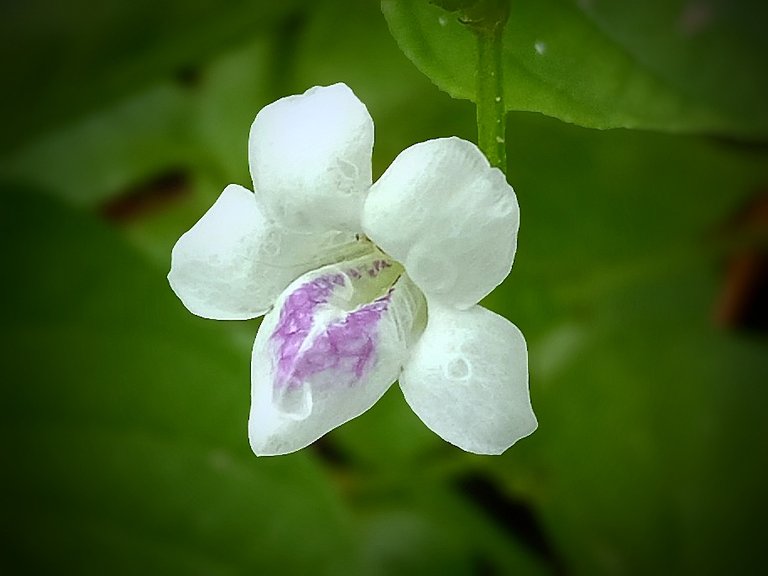
The motivation that comes from my desire, of course, has an assumption that our people here often make use of. This means that when God creates something, of course, he has a purpose and certain other things.
Thus, my curiosity continues to focus on him, so to find an answer about it, then I searched several media that told about him. It turns out that his presence in this world, of course, has several reasons that have been discovered by intelligent people in responding to all his circumstances.
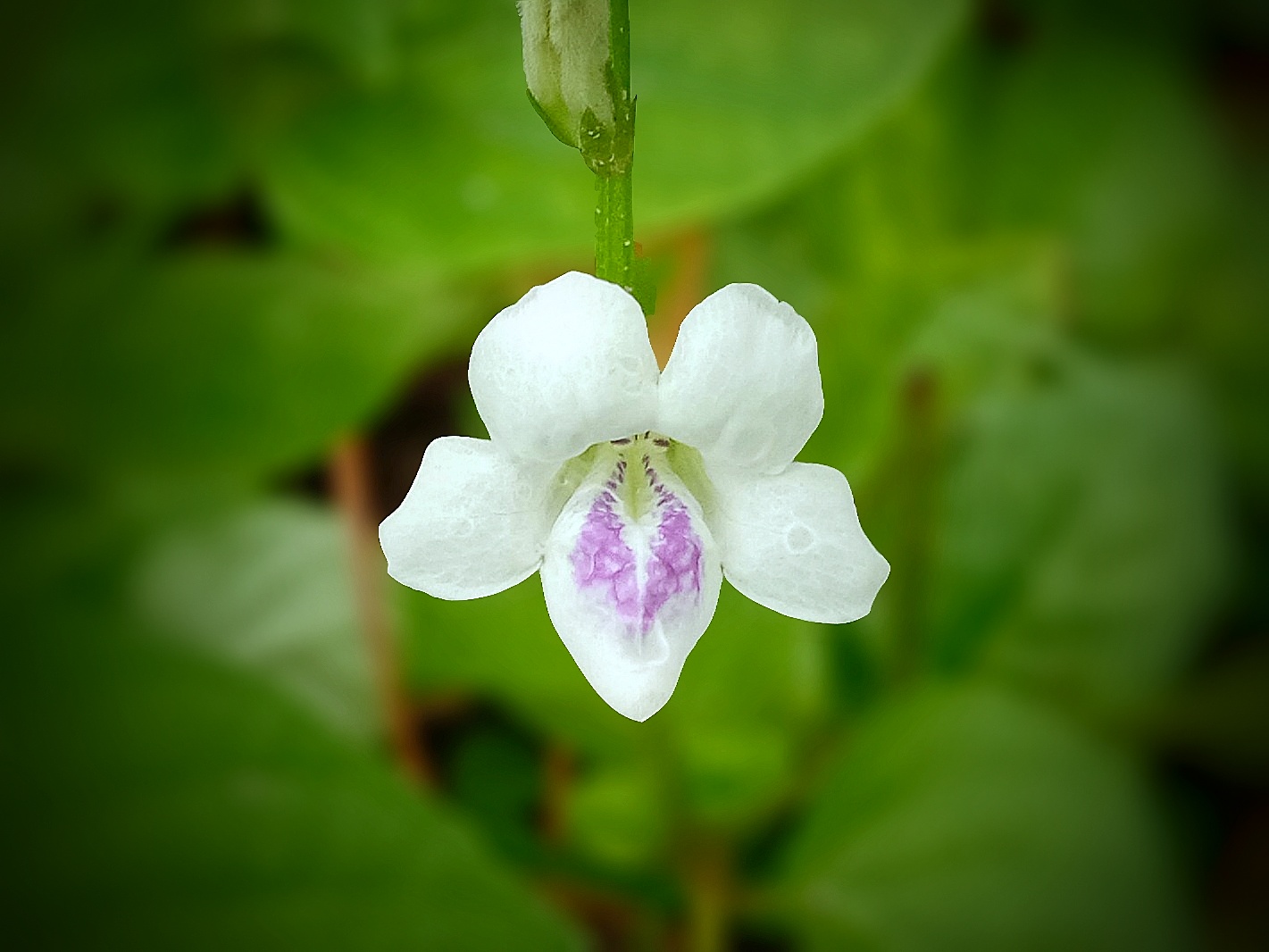
It turns out that this plant has some very special content, namely it contains some good substances such as Beta Carotene and Ascorbic Acid. While the benefits of these substances can increase the body's immunity, for more details you can see in this link, source
So, don't be surprised when you see fans who come from animals often eat and consume this semi-wild ornamental flower.
Among the animals that often consume these small flowers and the percentage of their fans, you can see below.
| Number | Animal group | Consumed part | Prosentase |
|---|---|---|---|
| 1 | Butterfly | Consuming the nectar part, which is in the nectar | 35 % |
| 2 | Species of bees and wasps | Sucking the liquid part in the form of nectar | 30 % |
| 3 | Moth | Consuming part of the nectar | 15 % |
| 4 | Chicken and the like | Eating the petals | 10 % |
| 5 | Country cat | Most eat the stalks | 5 % |
| 6 | Several other animals, which live or control a habitat | In general, use dried flower stalks, for a nest | 4 % |
While the other 1% is utilized by every other living creature, including humans.
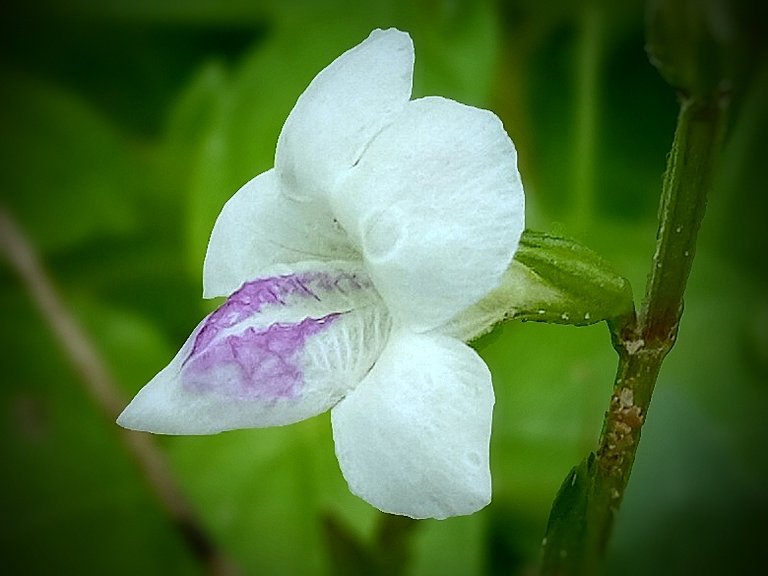
The groups of animals that have been included in the table above, are characters that are often seen in our area, precisely in abandoned locations abandoned by their original owners, while the percentage results and all of their enthusiasts are based on the results of the author's own real experience, in everyday life, and the above information may only change according to the circumstances of a region including your own country. That is, each region has a different habit.
It can simply be concluded that, the situation will occur based on the object of the region or still refers to the background of your region.
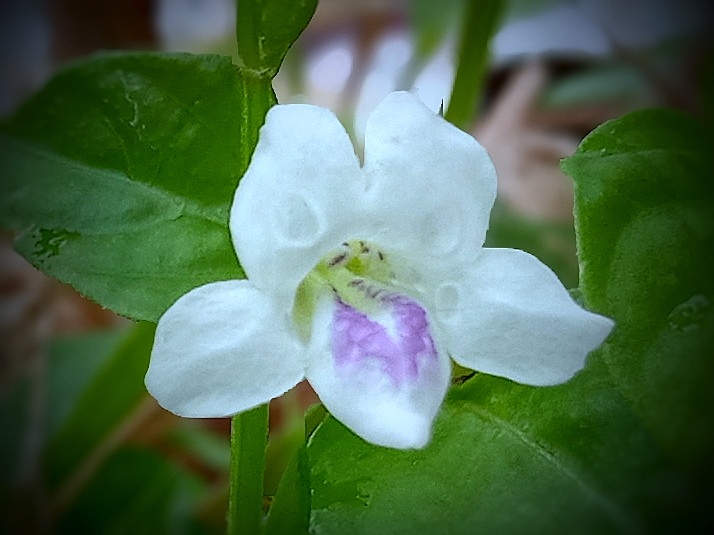
That is, here I want to convey to you, how important the presence of this small plant, in every plot of land, although sometimes some people judge it from the perspective of the bush or otherwise. Everyone admits that their presence in a location can be dense and erratic, making the atmosphere of a location look like a small forest, but knowing the benefits of the situation may be able to neutralize their growth on a regular basis.
So that when it grows it looks beautiful and attractive, with the charm of white flowers that enliven a land and habitat, so that its existence becomes an ecosystem for each of the animal species mentioned above.
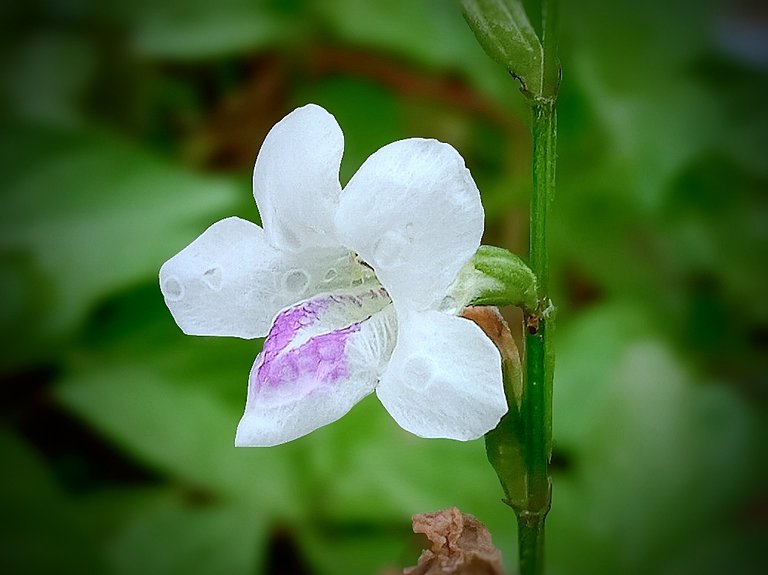
However, according to my visuals, seeing every single one of these beautiful spring wildflowers, which have grown has some merit for all beings on this earth. You can see the benefits below.
1. As a life support for the creatures around him
As mentioned above, his presence on the surface of this earth, is not without purpose, meaning that God has prepared and knows his existence. His presence here not only looks beautiful and beautiful but also becomes a source of food for every animal that lives nearby.
Every part of the body can be used by other living things. Butterflies, moths and groups of bees and wasps, often suck the flower nectar fluid that is available and stored neatly in a petal. While chickens and other poultry species often peck and eat their beautiful petals, when chickens eat the flowers it means they know that it contains good nutrition for their stomach, or as a side dish.
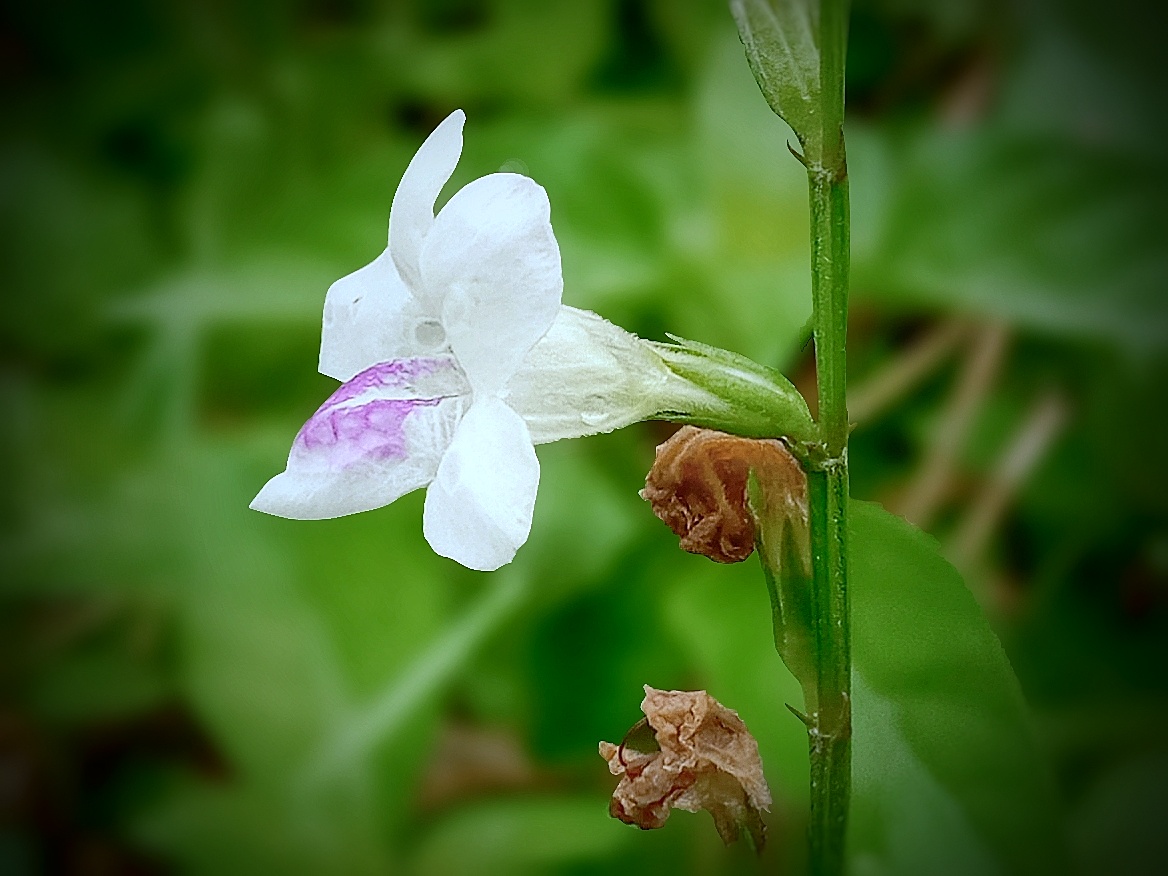
Likewise with cats or the like, often eating flower stalks, or humans say wild weeds, of course the cat identifies that in the stalks there are substances that can treat common cat diseases or at least can increase their body immunity.
But the behavior of wild cats in our area, will eat every part of the body of this plant, when his body feels bad, maybe there is something in his stomach that makes him less excited, so he eats a lot of this plant part, then after a while, or about 15 minutes she will vomit again, what she eats, then her body looks fit and healthy as usual.
Amazing and very awesome...
Likewise, every small bird that inhabits a part of its distribution area also takes advantage of each dry stem or sometimes it looks green in its mouth as a result of bites with its small beak with the aim of strengthening the nest.
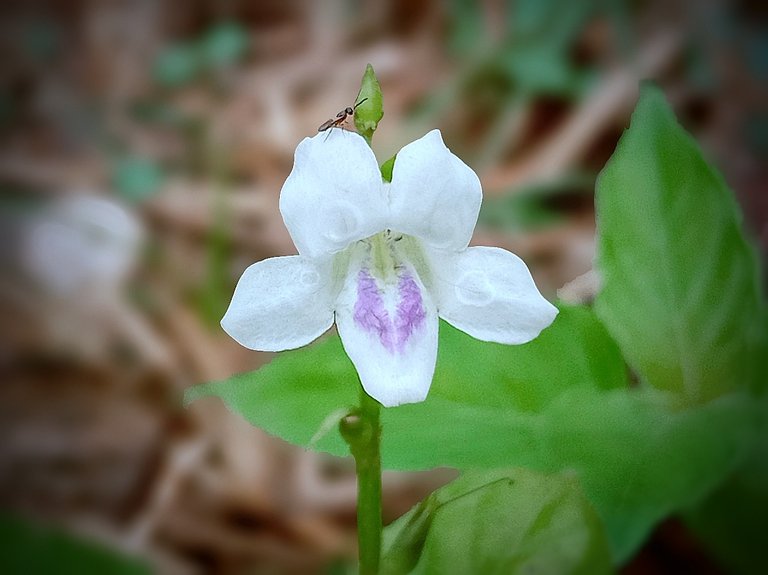
Or even as the main material for the nest, also take advantage of this part of the plant, which will later live for the children as a location to protect the child's body from any disturbances, whether coming from outside or otherwise.
They may seem small or often overlooked, but on closer inspection you can see that these tiny stems and tiny white flowers have many fans and are here as a major source of forage and other conduit for the animals around them.
2. How about humans?
Look forward to more in the next post, of course, I will tell you the content, which part is taken and how the extraction process is, of course in the next post. Stay with us....
| In the photo with | VIVO Y12 smartphone |
|---|---|
| Photo Settings | Otomatis |
| Camera | Profesional |
| Photografer | @ashaf |
| Themes | It looks small, but its presence really colors every life ✉ |
| Text reference | Personal observasi ✎ |
